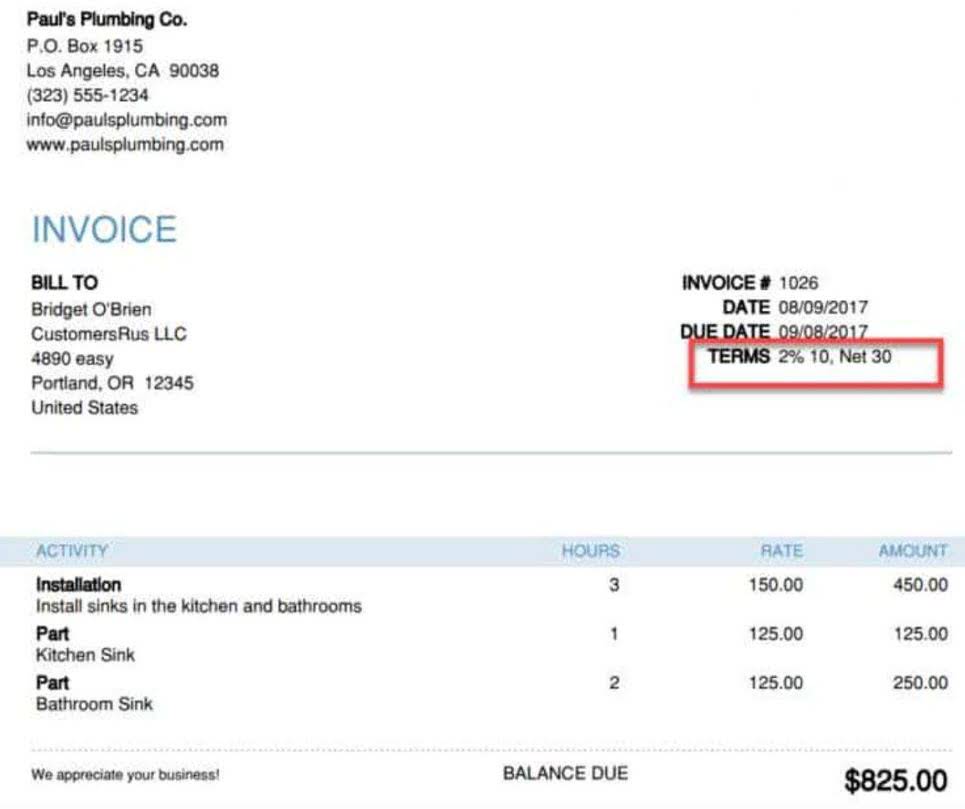FIFO vs LIFO: Comparing Inventory Valuation Methods
During inflation, the FIFO method produces a higher value of the closing inventory, a lower cost of goods sold, and a higher gross profit. However, this model does not offer tax advantages, and it also fails to present an accurate depiction of the costs of How to Invoice as a Freelancer the inventory when there is a rapid increase in prices. Understanding FIFO and LIFO methods is essential for accurate inventory valuation and financial reporting.
- Also, LIFO matches recent costs to revenues better by making the latest inventory costs impact gross profit.
- This fundamental difference in inventory flow shapes the financial outcomes and operational strategies of your company.
- However, as we shall see in following sections, inventory is accounted for separately from purchases and sales through a single adjustment at the year end.
- Choosing between FIFO and LIFO depends on the nature of your business, the products you sell, and the economic conditions you operate in.
- It’s the opposite of FIFO, where the newest inventory is sold first instead of the oldest.
FIFO Method Example
This is because older, lower-cost inventory is expensed first, leaving newer, higher-cost inventory in stock. Realizing the importance of inventory valuation, we have tried to introduce you to the essence of FIFO and LIFO and the main difference between them. However, FIFO is a more preferred and profitable method of COGS than LIFO as it shows the real state of your costs and profit. Businesses utilize various inventory costing methods to value closing stock and sold goods.
Balance sheet shows lower inventory value
By following this tutorial, you can implement FIFO/LIFO calculations in Excel and make informed inventory decisions. The process is similar to FIFO but deducts from the most recent purchases first. Therefore, you might rethink your inventory valuation strategies to mitigate increased tax liabilities with FIFO during inflation.
- In this case, the COGS will be 120 units x $20 (last in value), which will be a total of $2,400.
- If you’re an international business, you may not be allowed to use LIFO for tax purposes.
- Both methods play a significant role in categorizing goods available for sale into the Cost of Goods Sold (COGS) or ending inventory (closing inventory).
- The FIFO method assumes that the first items manufactured or purchased are the first items sold and that the cost of those items is the cost of goods sold.
- It’s a vital component in preparing financial reports and can significantly affect tax implications due to its influence on reported earnings.
- Since 2014, she has helped over one million students succeed in their accounting classes.
Key Differences in Calculation
Small businesses prefer it because it’s the most natural inventory flow and is reasonably easy to use. It’s used by about two thirds of American companies and is the default option for income tax returns. The use of FIFO method is very common to compute cost of goods sold and the ending balance of inventory under both perpetual and periodic inventory systems. The example given below explains the use of FIFO method in a perpetual inventory system. If you want to understand its use in a periodic inventory system, read “first-in, first-out (FIFO) method in periodic inventory system” article. If LIFO affects COGS and makes it more significant during inflationary times, we will have a reduced net income margin.
It increases net profit in inflationary periods because older, cheaper inventory is used first. By the end, you will have a clear understanding of inventory valuation and a better insight into how inventory management software simplifies the management of FIFO and LIFO. Below, we’ll break down the formulas for FIFO and balance sheet LIFO, along with how to calculate the value of the remaining inventory under each method.
Generally Accepted Accounting Principles (GAAP), it is not allowed under International Financial Reporting Standards (IFRS). Using the same example (100 units at $10.00 on Jan 10, 150 units at $12.00 on Jan 20, 200 units sold on Jan 25), the LIFO calculation differs. Under LIFO, the 200 units sold first include all 150 units how to calculate fifo and lifo from January 20 ($1,800).






